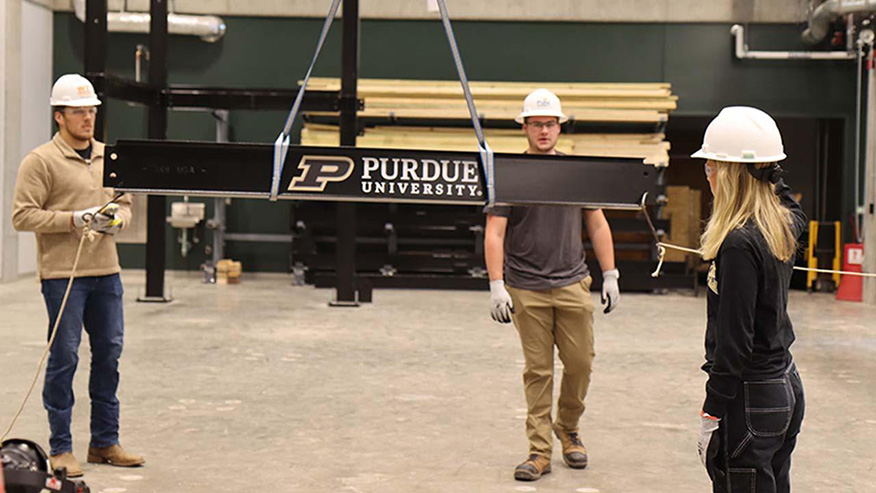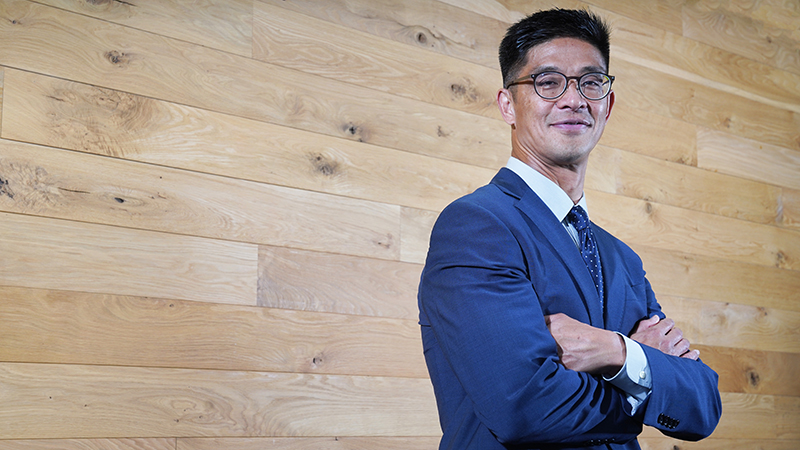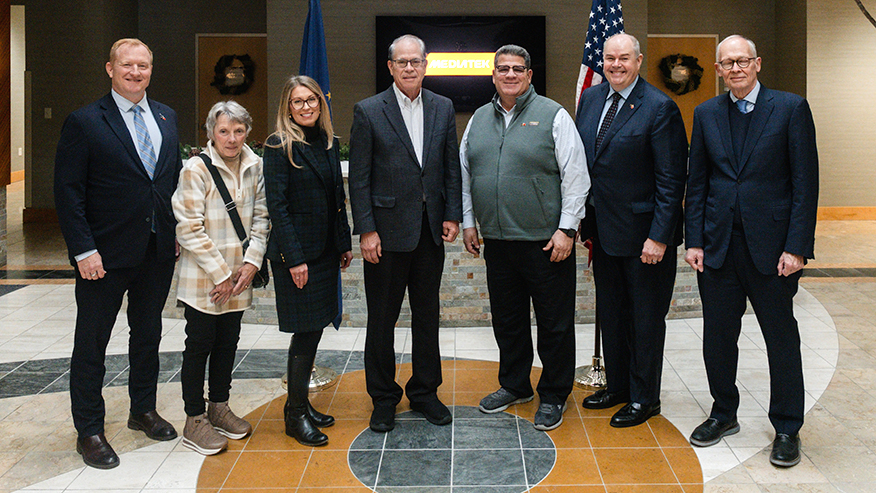Purdue deep-learning innovation secures semiconductors against counterfeit chips
RAPTOR technology exceeds the performance of traditional tampering detection methods by up to 40%
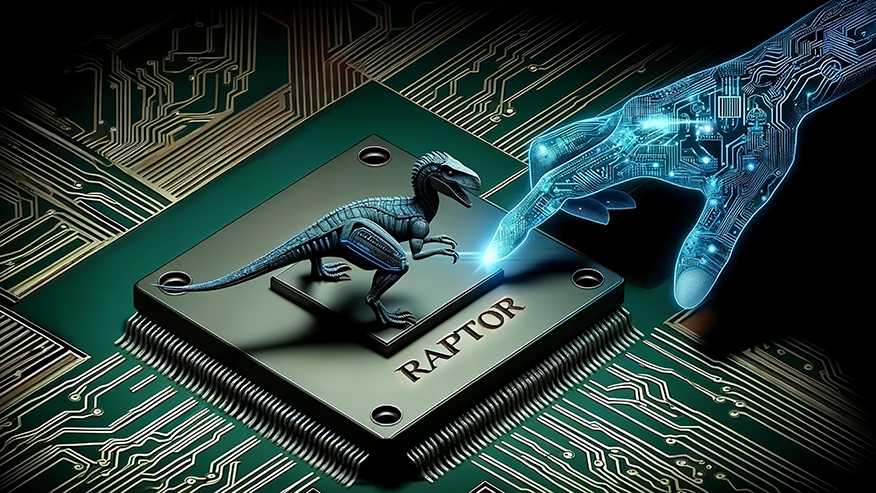
Purdue University engineers led by Alexander Kildishev have created RAPTOR, an optical counterfeit detection method. It leverages deep learning to identify adversarial tampering in chips used in semiconductor devices. Their research has been published in the peer-reviewed journal Advanced Photonics. (DALL-E 3 OpenAI image)
WEST LAFAYETTE, Ind. — Researchers in Purdue University’s College of Engineering have developed a patent-pending optical counterfeit detection method for chips used in semiconductor devices.
The Purdue method is called RAPTOR, or residual attention-based processing of tampered optical responses. It leverages deep learning to identify tampering. It improves upon traditional methods, which face challenges in scalability and discriminating between natural degradation and adversarial tampering.
Alexander Kildishev, professor in the Elmore Family School of Electrical and Computer Engineering, leads a team whose research was published in the peer-reviewed journal Advanced Photonics.
“Our scheme opens a large opportunity for the adoption of deep learning-based anti-counterfeit methods in the semiconductor industry,” he said.
Kildishev disclosed RAPTOR to the Purdue Innovates Office of Technology Commercialization, which has applied for patents to protect the intellectual property. Industry partners interested in developing or commercializing RAPTOR should contact Will Buchanan, assistant director of business development and licensing — physical sciences, wdbuchanan@prf.org, about track code 70652.
Drawbacks in detecting counterfeit chips
Kildishev said the semiconductor industry has grown into a $500 billion global market over the last 60 years. However, it is grappling with dual challenges: a profound shortage of new chips and a surge of counterfeit chips, introducing substantial risks of malfunction and unwanted surveillance.
“The latter inadvertently gives rise to a $75 billion counterfeit chip market that jeopardizes safety and security across multiple sectors dependent on semiconductor technologies, such as aviation, communication, quantum, artificial intelligence and personal finance,” he said.
Kildishev said several techniques have been created to affirm semiconductor authenticity and detect counterfeit chips.
“These techniques largely leverage physical security tags baked into the chip functionality or packaging,” he said. “Central to many of these methods are physical unclonable functions (PUFs), which are unique physical systems that are difficult for adversaries to replicate either because of economic constraints or inherent physical properties.”
Optical PUFs, which capitalize on the distinct optical responses of random media, are especially promising.
“However, there are significant challenges in achieving scalability and maintaining accurate discrimination between adversarial tampering and natural degradation, such as physical aging at higher temperatures, packaging abrasions and humidity impact,” Kildishev said.
Creating Purdue’s RAPTOR
Kildishev and his team drew inspiration for RAPTOR from the capabilities of deep-learning models.
“RAPTOR is a novel deep-learning approach, a discriminator that identifies tampering by analyzing gold nanoparticle patterns embedded on chips,” he said. “It is robust under adversarial tampering features such as malicious package abrasions, compromised thermal treatment and adversarial tearing.”
Yuheng Chen, a doctoral student in Kildishev’s group, said RAPTOR uses the distance matrix verification of gold nanoparticles.
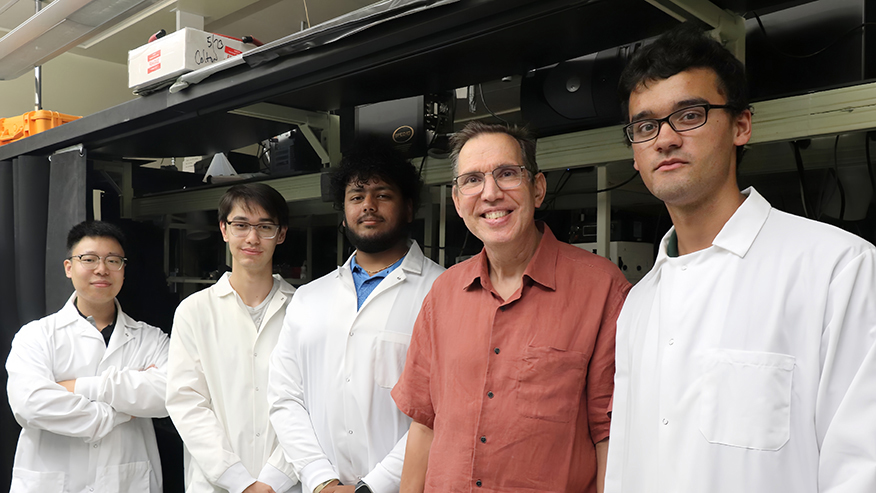
“The gold nanoparticles are randomly and uniformly distributed on the chip sample substrate, but their radii are normally distributed. An original database of randomly positioned dark-field images is created through dark-field microscopy characterization,” he said. “Gold nanoparticles can easily be measured using dark-field microscopy. This is a readily available technique that can integrate seamlessly into any stage of the semiconductor fabrication pipeline.”
Blake Wilson, an alumnus of Kildishev’s group, said, “RAPTOR uses an attention mechanism for prioritizing nanoparticle correlations across pre-tamper and post-tamper samples before passing them into a residual attention-based deep convolutional classifier. It takes nanoparticles in descending order of radii to construct the distance matrices and radii from the pre-tamper and post-tamper samples.”
Validating Purdue’s RAPTOR
The Purdue team tested RAPTOR’s counterfeit detection capability by simulating the tampering behavior in nanoparticle systems. This included natural changes, malicious adversarial tampering, thermal fluctuations and varying degrees of random Gaussian translations of the nanoparticles.
“We have proved that RAPTOR has the highest average accuracy, correctly detecting tampering in 97.6% of distance matrices under worst-case scenario tampering assumptions,” Wilson said. “This exceeds the performance of the previous methods — Hausdorff, Procrustes and Average Hausdorff distance — by 40.6%, 37.3%, and 6.4%, respectively.”
Kildishev said the team is planning to collaborate with chip-packaging researchers to further innovate the nanoparticle embedding process and streamline the authentication steps.
“At the moment, RAPTOR is a proof of concept that demonstrates AI’s great potential in the semiconductor industry,” he said. “Ultimately, we want to convert it into a mature industry solution.”
Other RAPTOR team members include Alexandra Boltasseva, the Ron and Dotty Garvin Tonjes Distinguished Professor in Electrical and Computer Engineering; Vladimir Shalaev, the Bob and Anne Burnett Distinguished Professor in Electrical and Computer Engineering; and current and former students Daksh Kumar Singh, Rohan Ojha, Jaxon Pottle and Michael Bezick.
The team has received support from the U.S. Department of Energy’s Quantum Science Center, the National Science Foundation and the Elmore ECE Emerging Frontiers Center on the Crossroads of Quantum and AI.
About Purdue Innovates Office of Technology Commercialization
The Purdue Innovates Office of Technology Commercialization operates one of the most comprehensive technology transfer programs among leading research universities in the U.S. Services provided by this office support the economic development initiatives of Purdue University and benefit the university’s academic activities through commercializing, licensing and protecting Purdue intellectual property. In fiscal year 2024, the office reported 145 deals finalized with 224 technologies signed, 466 invention disclosures received, and 290 U.S. and international patents received. The office is managed by the Purdue Research Foundation, a private, nonprofit foundation created to advance the mission of Purdue University. Contact otcip@prf.org for more information.
About Purdue University
Purdue University is a public research institution demonstrating excellence at scale. Ranked among top 10 public universities and with two colleges in the top four in the United States, Purdue discovers and disseminates knowledge with a quality and at a scale second to none. More than 105,000 students study at Purdue across modalities and locations, including nearly 50,000 in person on the West Lafayette campus. Committed to affordability and accessibility, Purdue’s main campus has frozen tuition 13 years in a row. See how Purdue never stops in the persistent pursuit of the next giant leap — including its first comprehensive urban campus in Indianapolis, the Mitch Daniels School of Business, Purdue Computes and the One Health initiative — at https://www.purdue.edu/president/strategic-initiatives.
